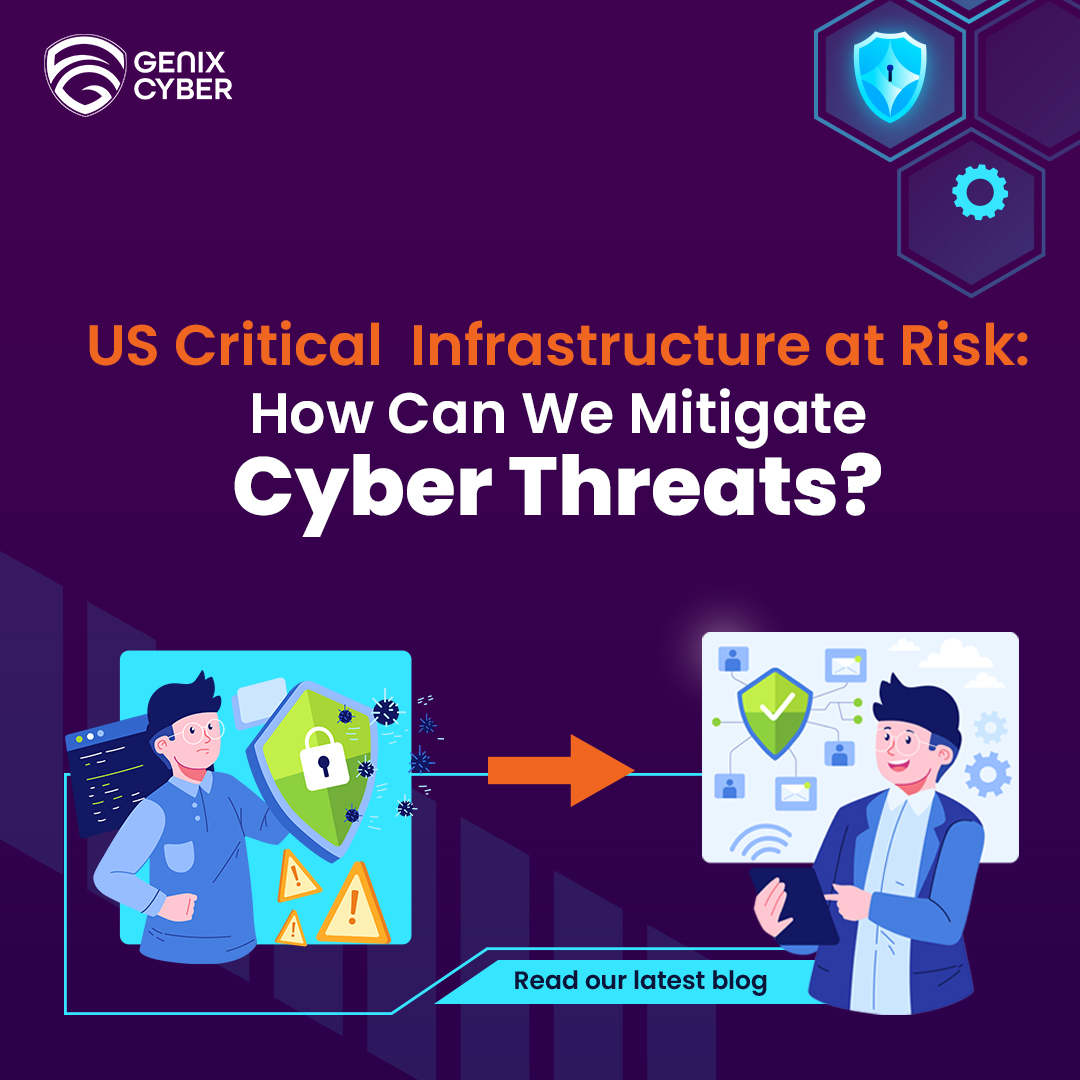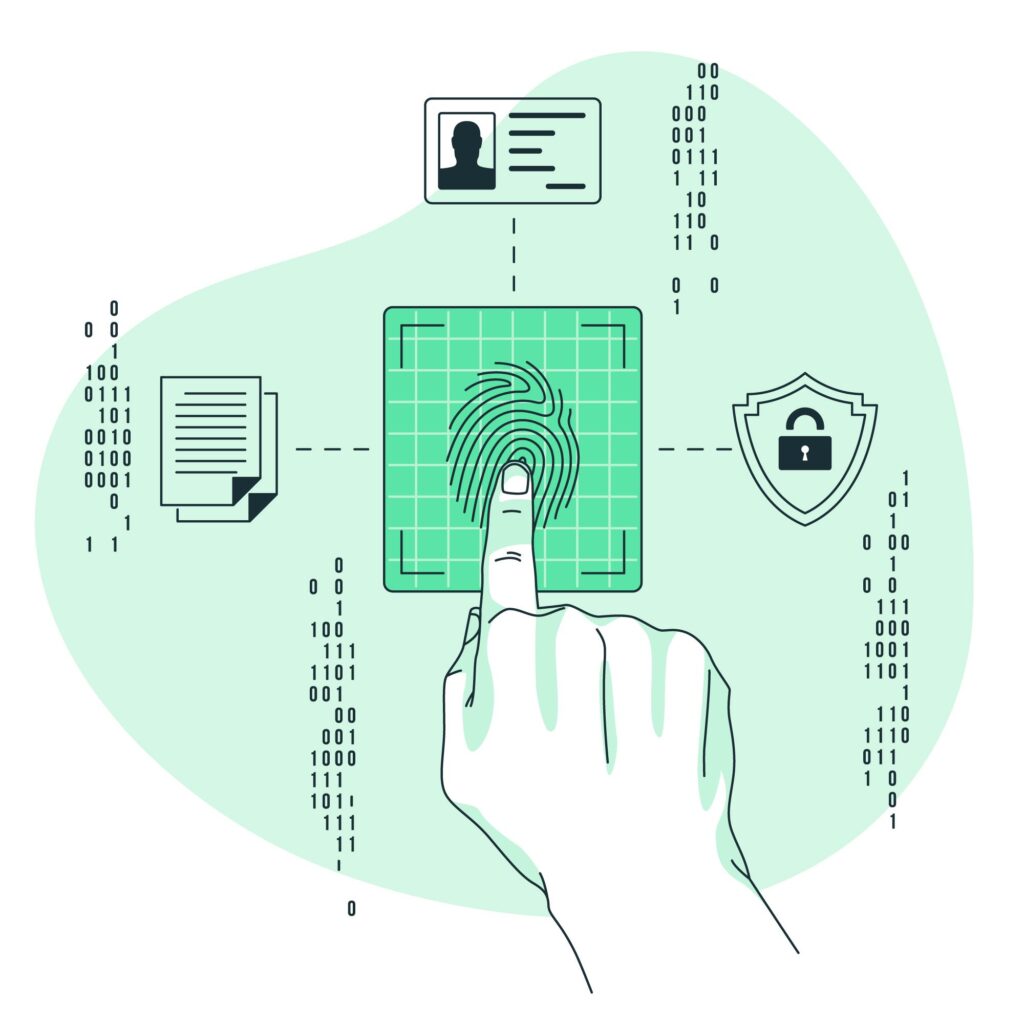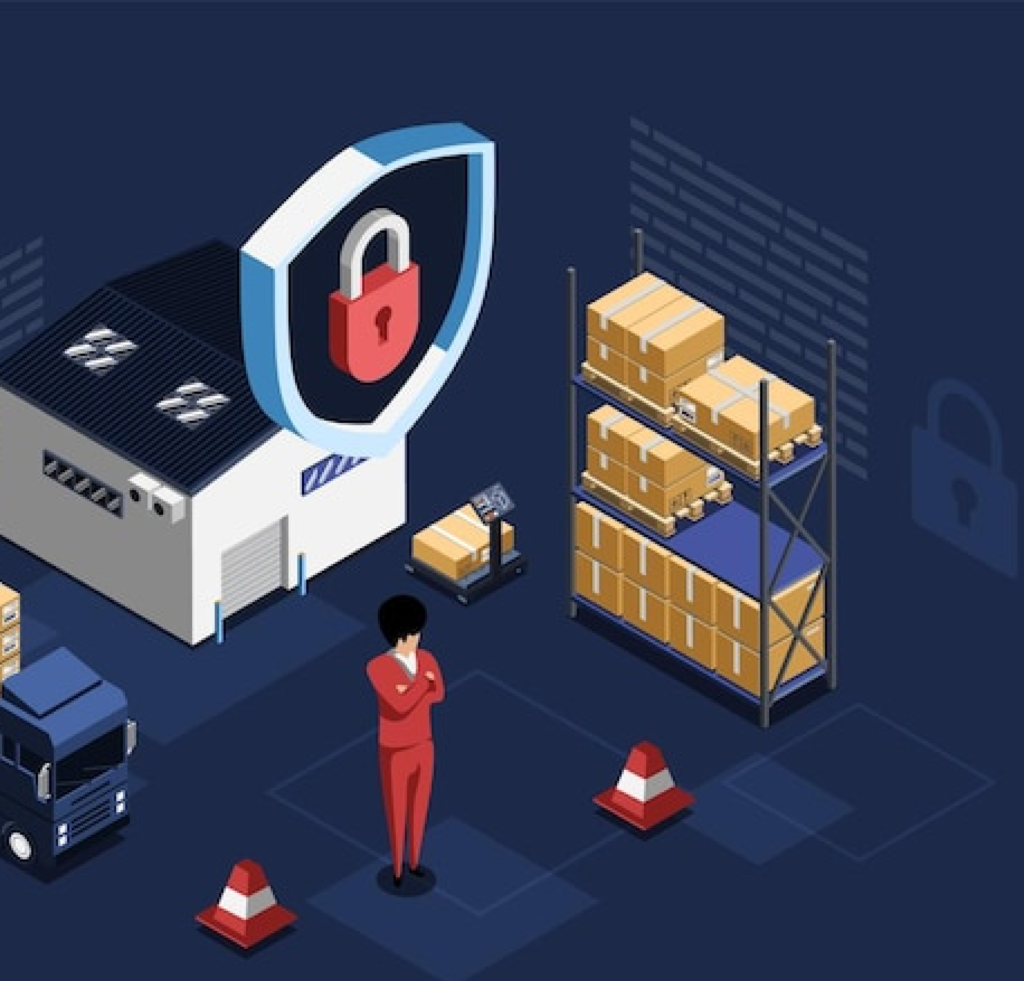Have you ever wondered what keeps our country’s essential services running smoothly? How do we protect these vital systems from cyber threats? This blog will explore U.S. critical infrastructure: The cyber threats they face and the solutions to combat them.
The critical infrastructure of the United States is a complex and multifaceted network that includes distributed systems, diverse organizational structures, multinational ownership, and interconnected functions spanning both physical and cyber realms. This infrastructure operates under multiple levels of authority, responsibility, and regulation. Owners and operators are crucial in managing risks to their operations and assets and in developing strategies to improve security and resilience.
Critical infrastructure encompasses a wide range of sectors, including:
🔹Energy (power grids, oil, and gas pipelines)
🔹Transportation (airports, seaports, highways, railways)
🔹Water (dams, treatment plants, distribution systems)
🔹Healthcare (hospitals, clinics, medical supply chains)
🔹Communications (internet, phone networks, broadcast media)
🔹Finance (banks, stock exchanges, payment systems)
🔹Food and Agriculture (farms, processing plants, distribution networks)
🔹Government facilities (military bases, courthouses, prisons)
Threat Landscape – Understanding Risks to Critical Infrastructure of USA
The threat landscape surrounding critical infrastructure has undergone a substantial transformation since the issuance of PPD-21, transitioning from a focus on counterterrorism to addressing strategic competition and technological advancements like
🔹Artificial Intelligence
🔹Malicious cyber activities orchestrated by nation-state actors
🔹The imperative for heightened international coordination.
These shifts, coupled with increased federal investment, necessitated an update to PPD-21, leading to the creation of the National Security Memorandum (NSM) on Critical Infrastructure Security and Resilience.
Published on April 30, 2024, by the White House National Security Council (NSC), the NSM represents a comprehensive framework to ensure the robustness and innovativeness of U.S. critical infrastructure. It aims to fortify the nation’s economy, safeguard American families, and bolster collective resilience against potential disasters.
NSM – Core Principles of Critical Infrastructure Protection
🔹Shared Responsibility: Collaboration among Federal, State, local, Tribal, and territorial entities, along with public or private owners and operators, is key for critical infrastructure protection.
🔹Risk-Based Approach: Prioritizing efforts based on critical infrastructure’s importance to national security, economic stability, public health, and essential services enhances risk management.
🔹Minimum Requirements: Establishing sector-specific minimum security and resilience standards ensures baseline protection and overall preparedness.
🔹Accountability: Clear roles, responsibilities, and consequences foster a culture of accountability and resilience in risk management.
🔹Information Exchange: Timely sharing of actionable intelligence among stakeholders bolsters defenses and enables swift responses to threats.
🔹Expertise and Resources: Leveraging specialized knowledge and technical resources from Federal departments enhances security posture.
🔹International Engagement: Collaboration with global partners strengthens infrastructure resilience against transnational threats.
🔹Policy Alignment: Integrating efforts with Federal policies ensures a comprehensive approach to risk management and coordination among stakeholders.
Current Trends in Critical Infrastructure Security
🔹Cybersecurity Focus: With increased connectivity, OT security is paramount. Measures like intrusion detection/prevention systems and vulnerability management are crucial.
🔹Zero Trust Security: This approach assumes no user or device is inherently trustworthy, requiring continuous verification for enhanced protection.
🔹Resilience Planning: Beyond prevention, critical infrastructure needs plans to recover quickly from cyberattacks, minimizing downtime and ensuring service continuity.
🔹IT/OT Convergence Strategies: Organizations are developing frameworks and best practices to integrate IT and OT networks while maintaining operational performance securely.
| IT Devices | OT Devices |
| Computers and Servers | Sensors |
| Network Devices (Routers, switches, firewalls) | Programmable Logic Controllers (PLCs) |
| Security Appliances (IDS/IPS, firewalls) | Actuators |
| Human-Machine Interface (HMI) | Human-machine interface (HMI) |
| Communication Systems (Phones, radios, video conferencing systems) | Remote Terminal Units (RTUs) |
IT/OT Convergence – The Gateway for Identity Theft?
When IT and OT systems converge in U.S. critical infrastructure, it creates new opportunities for efficiency but also exposes vulnerabilities that malicious actors can exploit. Here are some potential threats
Compromised Credentials: Attackers can steal user credentials through weak passwords, phishing, or malware, gaining unauthorized access to disrupt operations or steal data.
Privilege Escalation: Exploiting the vulnerabilities in the convergence of IT and OT, attackers can move from low-privilege to high-privilege accounts, broadening their network access.
Lateral Movement: Once in, attackers move across the network, especially risky in combined IT and OT setups, potentially compromising critical systems.
Identity Sprawl: The merging systems create more user accounts and devices, requiring careful management to prevent vulnerabilities.
Insider Threats: Disgruntled employees or malicious insiders exploit legitimate access, challenging traditional security measures.
Lack of Security Awareness: In converged setups, any lack of familiarity with strict security protocols on either the OT or IT side can lead to lapses that attackers may exploit.
The Powerhouse Trio for Enhanced Security – Zero Trust, IAM, and MXDR
Though the complex and interconnected nature of US critical infrastructure makes it a prime target for cyberattacks, three key cybersecurity solutions can significantly bolster resilience and thwart threats in this converged IT/OT environment:
🔹Zero Trust Security Model
🔹Identity and Access Management (IAM)
🔹Managed Extended Detection and Response (MXDR)
Zero Trust Security Model:
Zero Trust Security employs continuous authentication and authorization for entities like users, devices, and applications. It emphasizes controlled access, segmentation to contain breaches, and the Principle of Least Privilege (PoLP) to limit damage from compromised credentials.
At Genix, we prioritize the concept that the ‘Entity is the new perimeter.’ This shift in perspective underscores our focus on preventing unauthorized access rather than blindly trusting entities, ensuring robust protection for critical infrastructure systems.
Identity and Access Management:
Multi-factor authentication (MFA) and Role-Based Access Control (RBAC) are fundamental prerequisites in today’s critical infrastructure sectors. However, the escalating convergence and complexities demand a shift to more advanced security measures.
Artificial Intelligence (AI) steps in as a game-changer. To withstand escalating threats and complexities, creating an Identity bubble that can scrutinize entities, context, and access purposes, can mitigate threats to a great extent. This proactive approach can significantly reduce unethical intrusions and unauthorized access attempts, which is crucial in safeguarding interconnected IT and OT systems across diverse operational landscapes.
Managed eXtended Detection and Response (MXDR):
MXDR can continuously monitor both IT and OT networks, scrutinizing all connected devices like sensors, PLCs, and RTUs for any anomalies or suspicious activities. This vigilant approach ensures that threats are identified and addressed before they have a chance to escalate, safeguarding critical infrastructure effectively.
Additionally, MXDR can offer Unified Threat Analysis by collecting and analyzing data from various sources such as IT systems, OT systems, and security tools. This holistic view enables the detection of complex attacks that might slip past traditional point security solutions designed for singular environments.
Moreover, MXDR’s automated response capabilities empower swift incident response actions like isolating infected devices, blocking malicious traffic, and notifying security teams. This automation enhances the speed of threat containment and minimizes potential damage to critical infrastructure operations.
The Synergy Effect: Working Together for Maximum Security
Zero Trust, IAM, and MXDR are not standalone solutions. They work together synergistically to create a layered defense that can significantly strengthen US critical infrastructure against cyber threats in a converged IT/OT environment. Here’s how:
Zero Trust sets the foundation: By continuously verifying access, it minimizes the potential damage from compromised credentials, a common entry point for attackers.
IAM builds the access control walls: Strong authentication and least privileged access make unauthorized entry much more difficult.
MXDR acts as the vigilant watchtower: By proactively monitoring and analyzing data across the entire IT/OT landscape, it identifies and neutralizes threats before they can disrupt critical operations.
This comprehensive approach empowers critical infrastructure to not only be resilient in the face of threats but also proactively thwart them, ensuring the smooth functioning of the systems that keep the country running.





